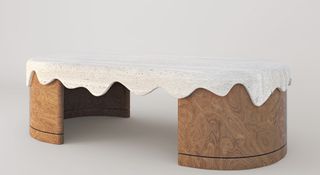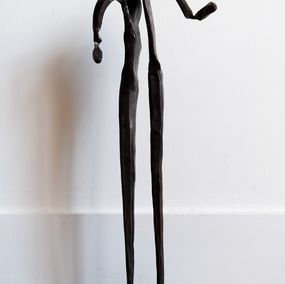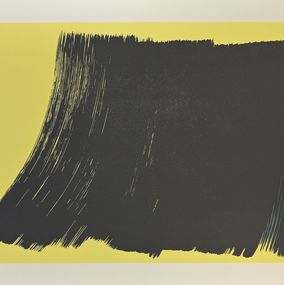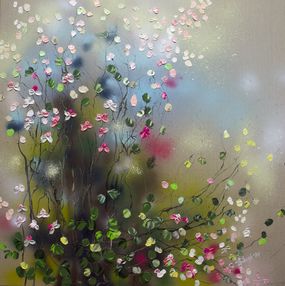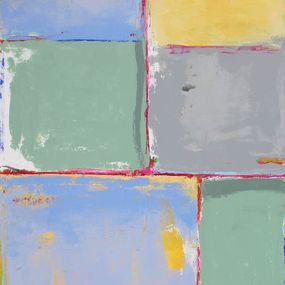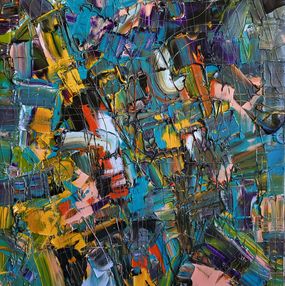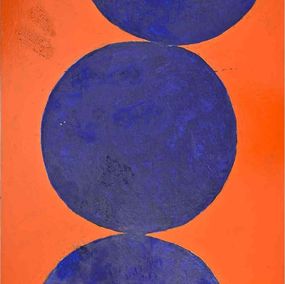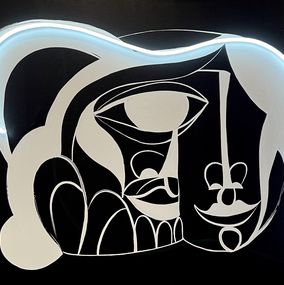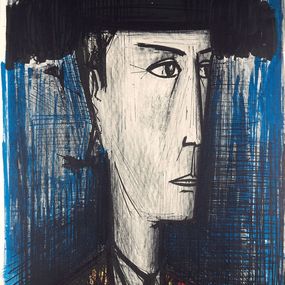
Design
Save your search and find it in your favorites
Save your search to find it quickly
Saved search
Your search is accessible from the favorites tab > My favorite searches
Unsaved search
A problem occurred
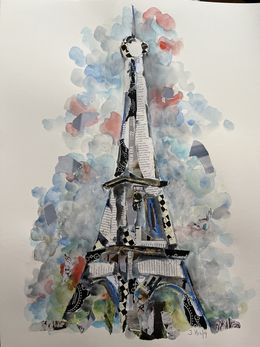
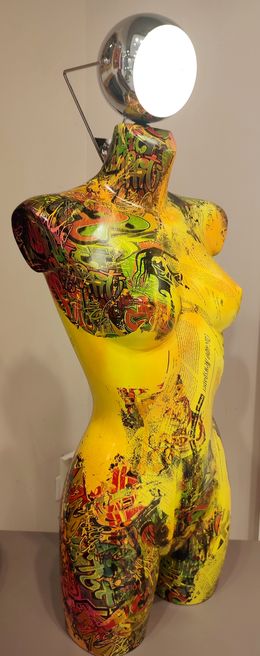

Sculpture lumineuse A108
Maryam Hatami
Design - 29 x 26 x 18 cm Design - 11.4 x 10.2 x 7.1 inch
Sold
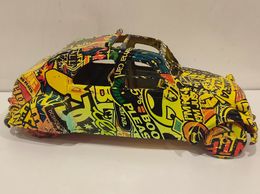
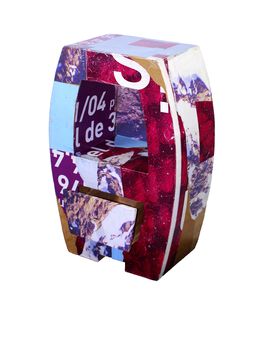
Table de chevet Pop Art/Street Art /Violet
Jean-Jacques André
Design - 60 x 40 x 21 cm Design - 23.6 x 15.7 x 8.3 inch
Sold

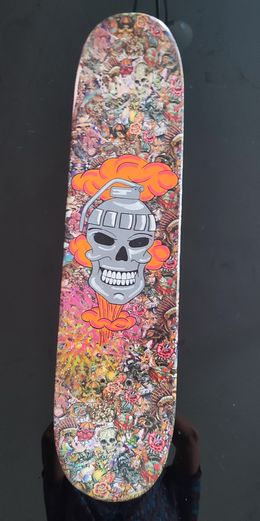
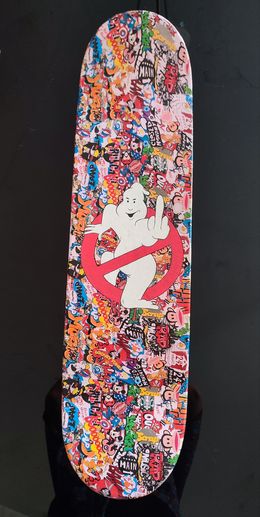




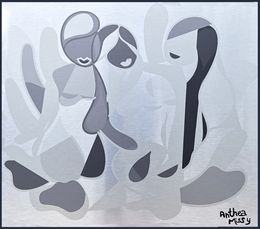
Discover the selection of our experts
Design
Design within the confines of art history is a creative activity or object, most frequently with an industrial or commercial undertone. Objects made under the heading of design are often a reflection of social, political, scientific, and environmental causes. Design has been used as a means to solve problems, as a fundamental objective behind the medium is to create new possibilities or to improve a process. These objects typically are immersive, including an element of interaction between the user and the material itself. At the crux of it all, creators have turned to design as a means to improve the quality of life for humankind. Design is also multidisciplinarity to its core and has been nourished by the arts for centuries.
Design has evidently evolved since its conception. Highly influenced by societal issues and politics, as well as parallel art movements, design objects reflect the period from which they were made. Although similar, it is important to distinguish the difference between design and Decorative Arts, a 19th-century movement known for the creation of art objects. In the century that followed, art and design were undeniably affected by global turmoil and politics, impacting artists universally, resulting in the birth of an array of art movements.
The 20th-century was a period of tremendous artistic upheaval. Design, art, performance, and theater were all tremendously impacted by the two world wars and the Cold War. On top of this, society was rapidly evolving, with rising social and political movements, such as voting rights and women's suffrage. As the world continued to change and progress, so did the world of art. Design belonged to many, if not all, of the major art movements of the 20th-century; including, Art Nouveau, Modernism, Surrealism, Art Deco, Bauhaus, and Postmodernism.
Design continued to evolve into the 21st century, paving the way for contemporary design. There are various misconceptions when it comes to contemporary design. Typically, confusion comes into place when the lines are blurred between the terms “design" and “style." Many use these words interchangeably, but it is important to note the distinguishing factors. Style is part of the design process. Once you have designed the functionality of the piece you are part of the way to the final design. Beyond this, creators will often ponder the definition of design in the 21st century. Designers and artists have drawn upon various 20th-century movements, such as Mid-Century Modern, Scandinavian Minimalism, and even, Holywood Regenycy.
Some people oppose the idea that design objects can be considered works of art. However, the borders are porous as some of them emphasize artistic features and are singular and unique. Like artists, designers imagine their pieces as personal creations or are released in limited quantities. Their works are often a means to express their visions of the world. It is important to note that collaborations between artists and designers reinforce the links between these two universes, animated by the same search for beauty. Discover a carefully chosen selection of design objects that span an array of movements, from the past to the present!
